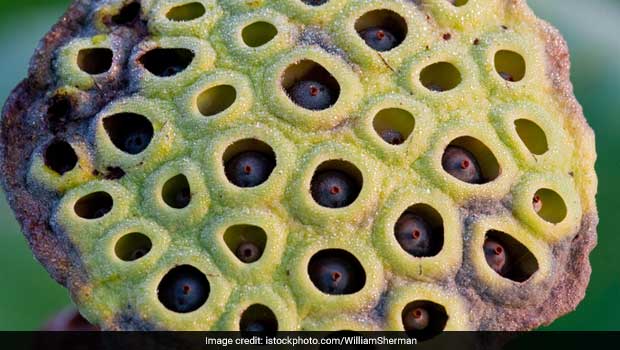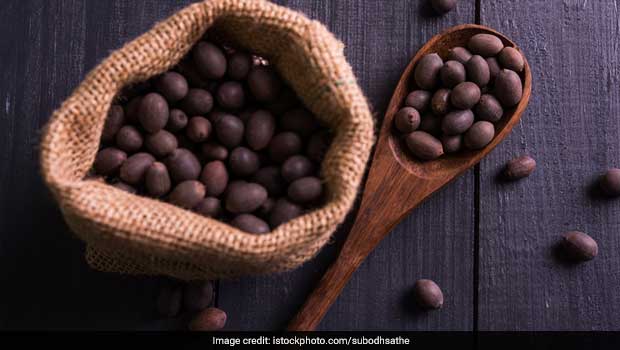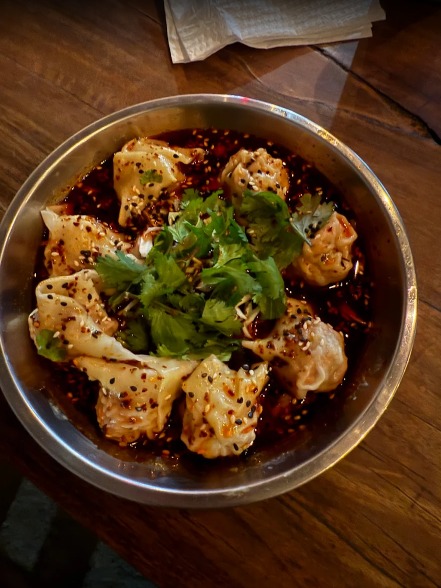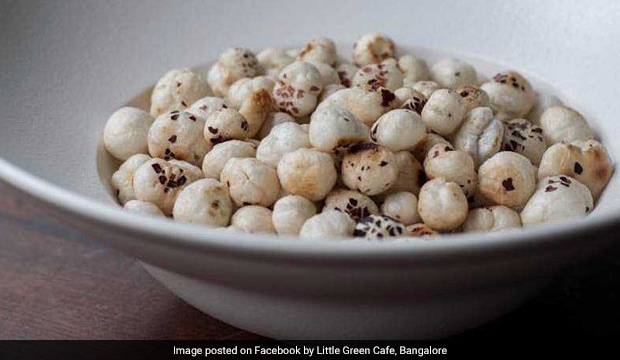What is Makhana or Fox Nut and Where do they Come From?
Not many of us would have known that fox nuts or makhana are a part of the lotus flower. The flower that's known for its beauty has a lot to offer, including lotus seeds or makhana. Makhana is highly produced in the state of Bihar in India, Korea and Japan along with a few parts of eastern Russia.
How is Makhana Processed?
According to the Indian Journal of Traditional Knowledge, the seeds are edible after being processed and are highly nutritious. The journal explains about the collection and harvest of makhanas by Mallah community in Bihar. Here's the complete process-
1. Collection
Makhana harvest is a laborious method and requires skilled labour. The harvest takes place during morning at about 10:00 am and continues till about 3:00 pm. It takes around four to five hours to collect seeds at a time from the bottom of the pond or river. In some communities, people fix a bamboo pole known as kaara in one place and cover it up. Farmers take a dip in the water, diverging into different directions, along with the long poles. They drag the seeds with the help of their palms and gather them to the base of bamboo pole. Collected seeds are washed and cleaned.(Also read: 9 Health Benefits of Makhanas)
 Lotus seeds: Makhana harvest is a laborious method and requires skilled labour
Lotus seeds: Makhana harvest is a laborious method and requires skilled labour
2. Cleaning and Storage
The day's collection is put into a crescent-shaped container called gaanja, which is then shaken and swung repeatedly by touching the water surface until all the seeds get cleaned. Clean seeds are then packed into small bags. The seeds are again put into a cylindrical container, and rolled on the ground so as to make their surface smooth. They bring the seeds to their huts and keep them overnight. The next day, female members spread the seeds over mats and let them dry for about two to three hours.
3. Gradation
All processed seeds are sieved for gradation. The process involves different sizes of makhanas to pass through different sieving devices known as jharna, rectangular iron plates. The process requires the makhanas to pass through 10 sieves. All graded seeds are stored separately.
4. Getting the White Puff
As soon as the makhanas dry, they require frying or else they tend to get spoilt easily. After frying, these seeds are then preserved in a container made of long bamboo strips and plastered with cow dung. The upper portion of the container is shielded with a coarse cloth so as to maintain a certain temperature. After a few hours, they need to be fried again; the same process is followed and the fried makhanas are placed on a wooden plate once done.
 Lotus seeds: As soon as the makhanas dry, they require frying or else they tend to get spoilt easily
Lotus seeds: As soon as the makhanas dry, they require frying or else they tend to get spoilt easilyNow you know, these fluff balls are harvested after hard days' labour and need our attention. Here are some makhana recipes that you would love to try at home:
Low Fat Makhana Kheer
Creamy Makhana and Mushroom
Makhana Chops
Kaju-Makhana Lajawab.








